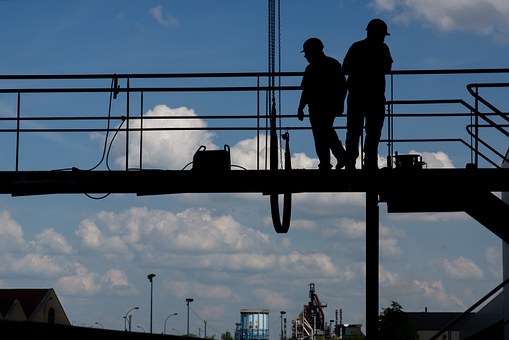
The main objective of a safety engineer in setting up proper tethering procedures is to ensure that everything is in proper balance. This means the tool, recoil/retraction force, and application are stable.
When using the tool in an extended manner, it is necessary to only use minimal force. This will cause fatigue on the worker. On the other hand, it will not result to a kick when retracted.
With proper tool tethering, there is minimal danger of entanglement, annoyance, and fatigue while maximizing worker output and satisfaction.
Having said that, following are the top Do’s and Don’ts of tool tethering to keep in mind:
The Do’s of Tool Tethering
- Verify the tether’s integrity before you set out to use it. Check for signs of fatigue or excessive wear. If you are in doubt, replace the tether. This will help keep you away from accidents in case your doubt is proven positive.
- Verify the attachment point of the tool to make sure that it is durable enough to handle the tool for the tether’s full drop distance.
- Weigh the tools you will be using. This way, you can choose a properly rated lanyard for the particular application. It is never a good idea to assume the tool’s weight by feel alone.
- Make sure to anchor all tools that weigh in excess of 10 lbs. to a structure, and not to a person.
- Always make use of a lanyard that is properly rated for the particular tool’s weight. It is important that the lanyard is designed to have at least a 25% margin for a drop at full extension.
- Use a tether with a quick release feature whenever you are using a number of small tools for a particular application.
- Whenever possible, use a retractable tether in case you need to use multiple tethers at the same time. This way, you can prevent possible entanglement problems.
- Always use lanyards with as low stretch force as possible at full extension. Just make sure they have the right recoil degree for both the application and the tool.
- Whenever possible, shift the shock load from a person to a sturdy structure.
Whenever you are in doubt, always check with a reputable safety expert. Do not make any assumptions as this may endanger lives.
Equipment Tethering Don’ts
- Never use a tether that has a lower weight limit that the tool you are tethering.
- Never tether a tool to a person if the tool weighs more than 10 lbs.
- Avoid tethering tools to a person if you aren’t sure about their impact on the person’s PFP (Personal Fall Protection) devices.
- Refrain from attaching a tether to a structure if you are unsure about the anchor point’s shock load capability and strength.
- Never use lanyards or tethers that require extreme force for full extension. This may only result to possible muscle injuries and lower worker output.
- Avoid modifying the lanyard in any manner. This includes replacing or removing the lanyard’s components like side release disconnect clips or shock absorbing components as this may negatively affect the lanyard’s load rating.
- Avoid customizing the tool lanyard such as equipping it with hardware that don’t have the load ratings appropriate for the tool. For example, a key ring is often used as a tool attachment point. But, it will often not work for heavier tools that weigh over 1 lb.
- Never assume that any particular tool tether is fool proof. What MAY go wrong, WILL go wrong. This is particularly true in the workplace.
- It is never a good idea to use a tool lanyard as a Personal Fall Protection (PFP) lanyard. Both are safety tools, but they must be used properly.
Bear in mind that a tool tether won’t break away against a person’s weight. Thus, you should never use a tool tether if there is a possibility for machine entanglement.
Tool tethers are designed to protect the workers and their tools, as well as the work environment from falling objects. Accidents happens. But, they are always avoidable. Following the do’s and don’ts of tethering provided in this post will help minimize accidents in the workplace, while at the same time promoting worker productivity.


